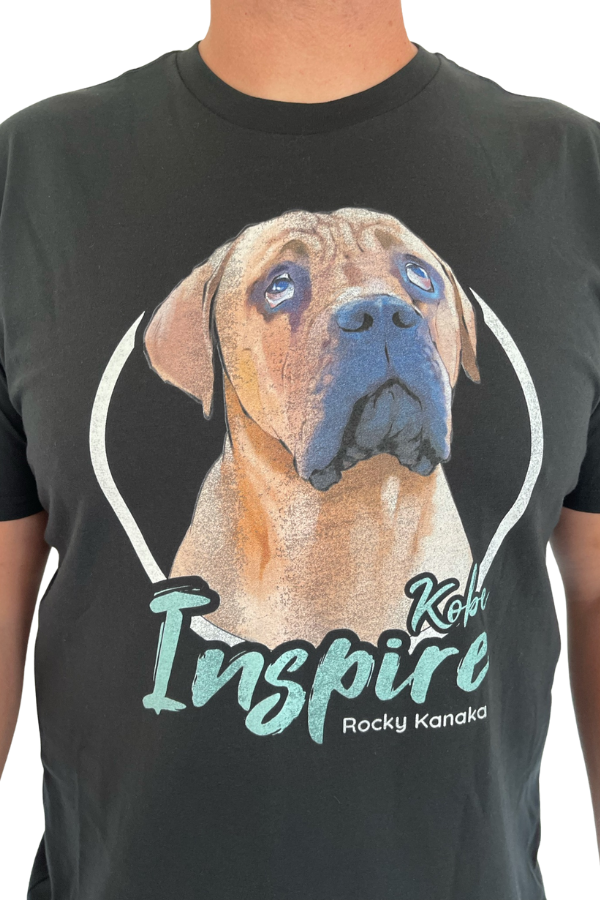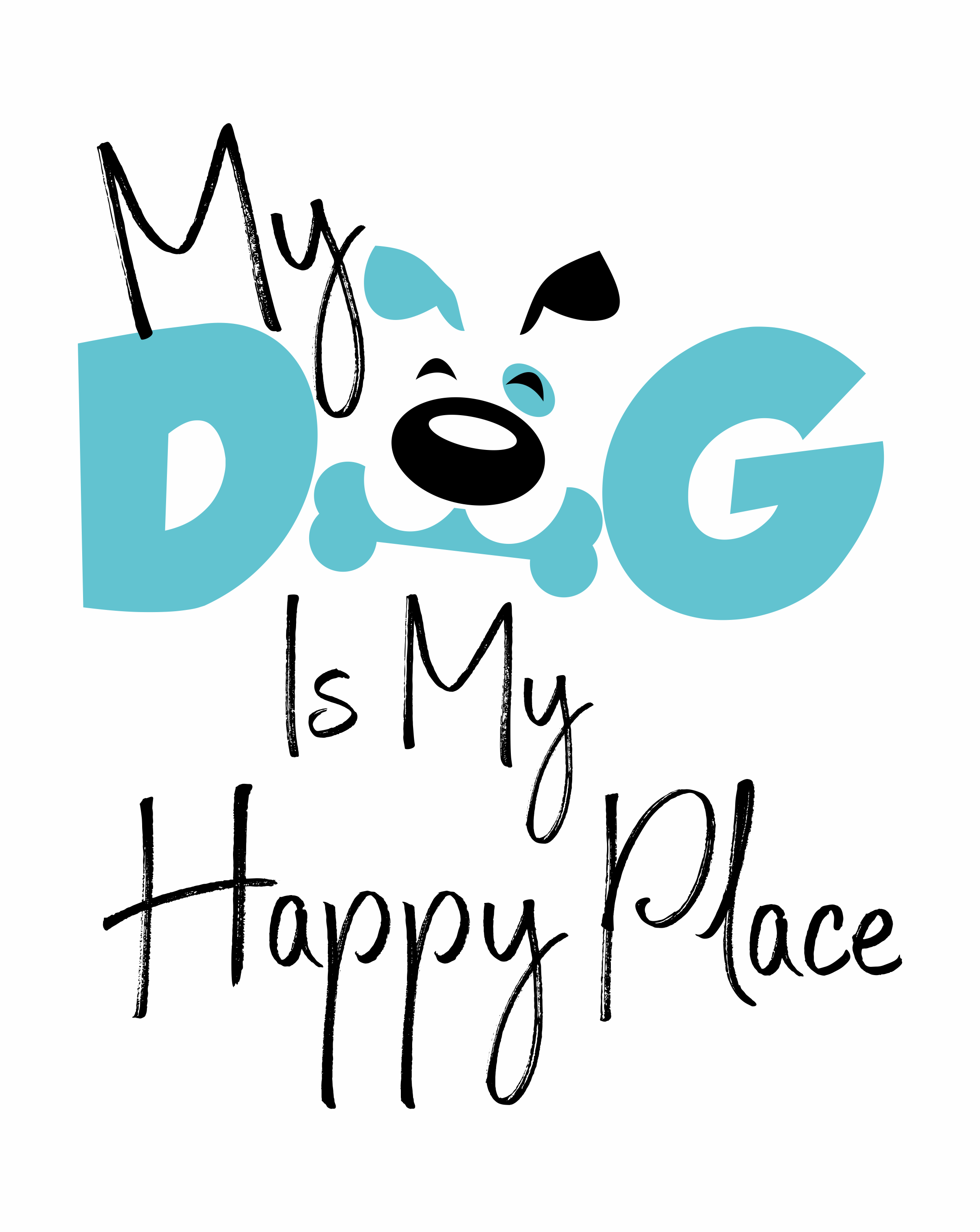Sitting With Dogs Training & Behavior
How to Calm Your Reactive Dog. What It Is & How To Fix It
In the video above you’ll meet Penny who is a shelter dog. She is very reactive when people approach her kennel which is making it difficult for her to get adopted as she barks as people pass by. Rocky goes through some techniques that help calm Penny’s reactivity, in the video.
If you have ever seen a dog barking, lunging, or growling at another dog, person, or object, you might have witnessed dog reactivity. Dog reactivity is a common behavior issue that can cause stress and frustration for both dogs and their owners. But what is dog reactivity, what causes it, and how can it be managed or improved? In this article, we will dive deeper into the concept of dog reactivity, exploring its possible triggers, signs, and solutions. We will also provide some tips for potential adopters who might encounter reactive dogs in shelters or rescues.
What is Dog Reactivity?
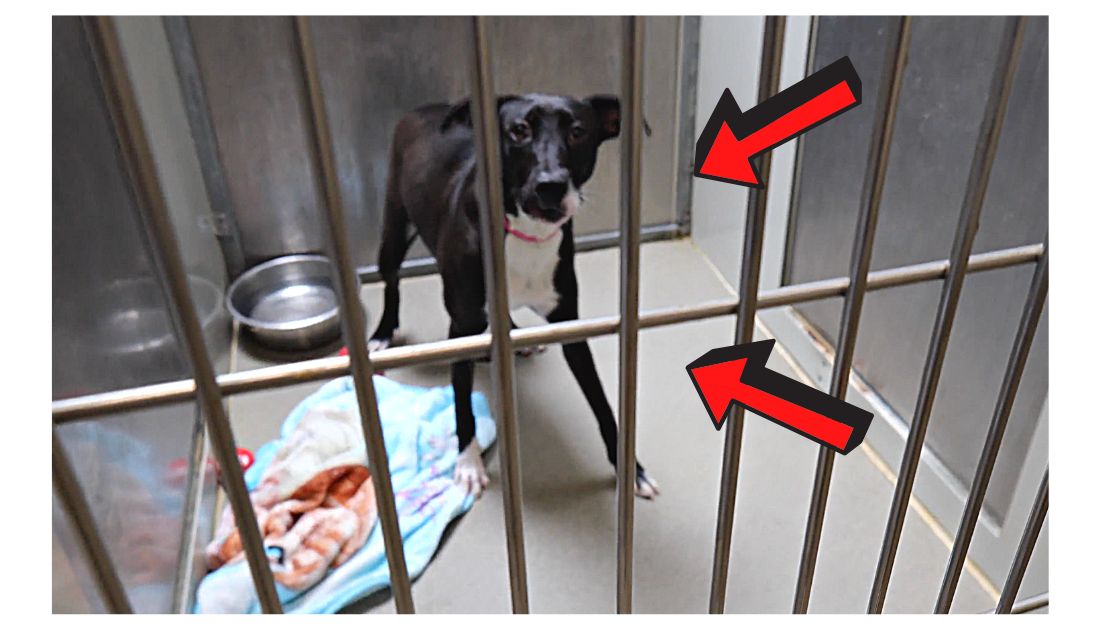
Dog reactivity is a term that describes a dog’s overreaction to a certain stimulus, such as another dog, person, or object. Reactive dogs may display behaviors such as barking, lunging, growling, snarling, or snapping when they see or hear something that triggers them. These behaviors are often driven by fear, anxiety, frustration, or excitement, and are not necessarily signs of aggression. Reactive dogs may not intend to harm anyone, but they are trying to communicate their discomfort or arousal in an inappropriate way.
What Causes Dog Reactivity?
There is no single cause of dog reactivity. It can be influenced by a variety of factors, such as genetics, early socialization, training, environment, health, and history. Some dogs may be more prone to reactivity due to their breed, temperament, or personality. Some dogs may develop reactivity due to lack of exposure to different stimuli during their critical socialization period (between 3 and 14 weeks of age). Some dogs may learn to be reactive due to negative experiences with other dogs or people, such as being attacked, bullied, or punished. Some dogs may become reactive due to medical issues that cause pain or discomfort. Some dogs may exhibit reactivity due to boredom, stress, or lack of exercise.
Tips for Potential Adopters
If you are thinking of adopting a dog from a shelter or rescue, you might encounter some dogs that are reactive. This does not mean that they are bad dogs or that they cannot be adopted. It just means that they need some extra care and attention to help them adjust to their new home and life. Here are some tips from Rocky Kanaka, a pet rescue advocate and expert on helping reactive dogs:
It’s important to adopt a dog that fits into your lifestyle and abilities. You will be happier and chances of the dog being returned to the shelter are lower
Rocky Kanaka, Pet Rescue Advocate
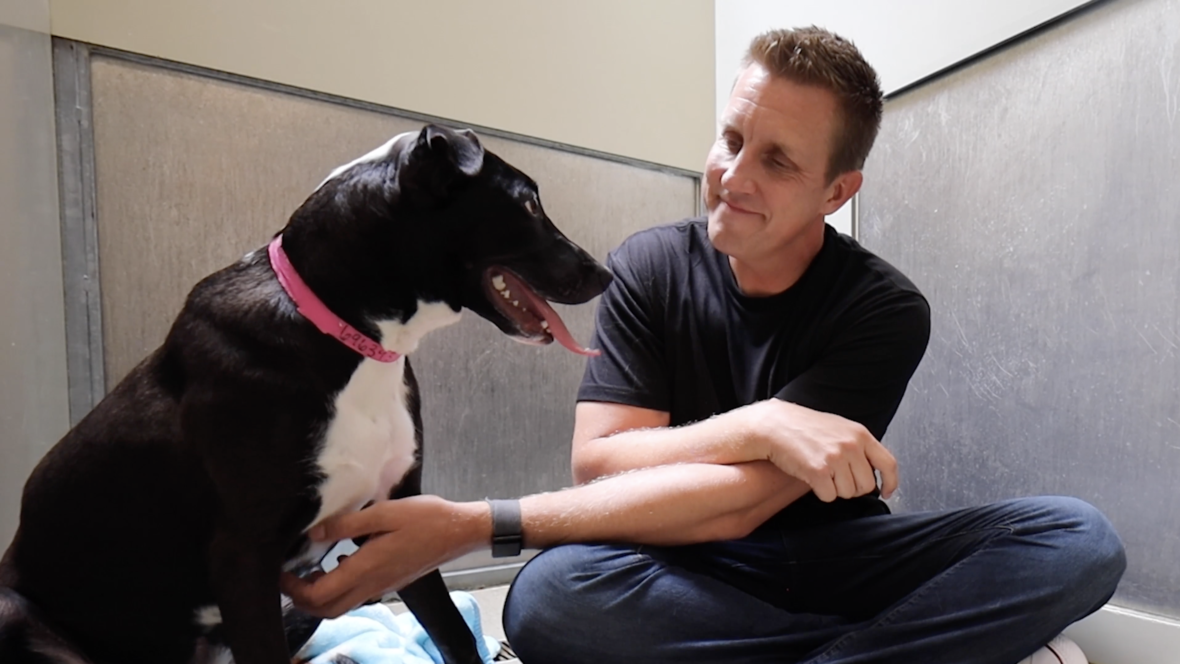
- Do your research before adopting a reactive dog especially if you are a new pet parent. Learn as much as you can about the dog’s background, personality, behavior issues, and needs. Ask the shelter staff or foster parents about the dog’s triggers, thresholds, and coping skills. Find out what kind of training or behavior modification the dog has received or needs. “It’s important to adopt a dog that fits into your lifestyle and abilities. You will be happier and chances of the dog being returned to the shelter are lower.”
- Be realistic about your expectations and abilities. Adopting a reactive dog is not for everyone. It requires a lot of commitment, patience, time, and resources. You need to be prepared to deal with the challenges and frustrations that come with helping a reactive dog. You also need to be able to provide a safe and comfortable environment for your dog, as well as adequate exercise, mental stimulation, and socialization.
- Seek professional help after adopting a reactive dog. Even if the dog has received some training or behavior modification before adoption, it is important to continue working with a qualified trainer or behaviorist after adoption. This will help you and your dog establish a strong bond and a consistent routine, as well as address any issues that may arise during the transition period.
- Celebrate the small victories and enjoy the journey. Helping a reactive dog can be hard work, but it can also be very rewarding. You will see your dog grow and improve over time, as well as develop a deep and meaningful relationship with you. Remember to appreciate the progress that your dog makes, no matter how big or small, and to have fun along the way.
How to Manage or Improve Dog Reactivity?
The good news is that dog reactivity can be managed or improved with proper training and behavior modification. However, it is important to understand that there is no quick fix or magic solution for dog reactivity. It takes time, patience, consistency, and professional guidance to help your reactive dog overcome their fears or frustrations. Here are some general steps that you can take to help your reactive dog:
1. Gradually Expose and Treat:
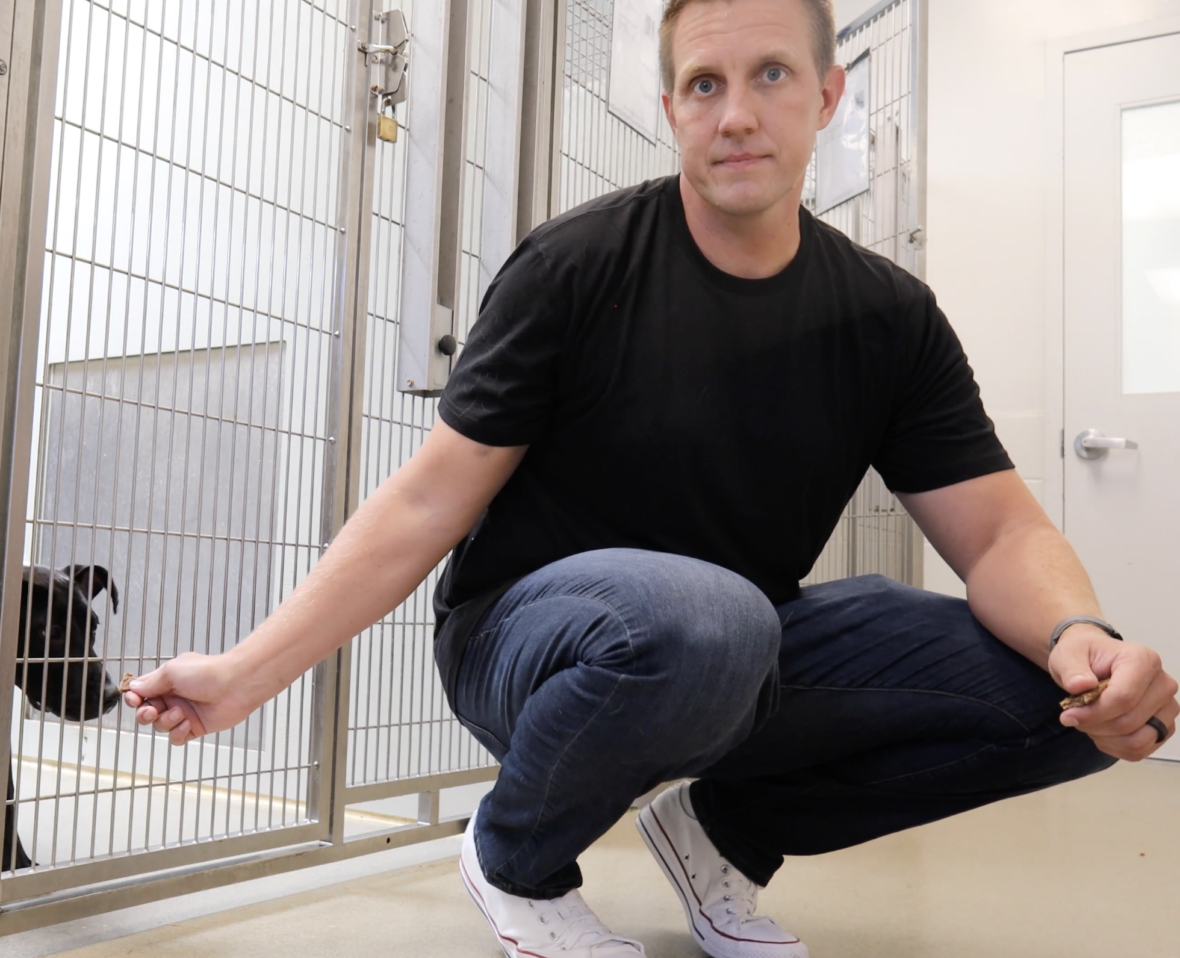
Some dogs become reactive even when the trigger is far away. For these dogs, we need to start out at a large distance—50ft, 100ft, or even farther. Before the dog crosses the threshold, put some treats down on the floor BEFORE the dog freaks out. If it doesn’t help, then go farther away from the other dog immediately.
2. Short Sessions:
Short 5-minute sessions are better than long sessions.
3. Identify Triggers and Thresholds:
Triggers are the stimuli that cause your dog to react, such as other dogs, people, cars, bikes, etc. Thresholds are the distances or intensities at which your dog can tolerate the triggers without reacting. For example, your dog may be fine with seeing another dog across the street, but may start barking when the other dog comes closer than 10 feet.
3. Maintain a Safe Distance:
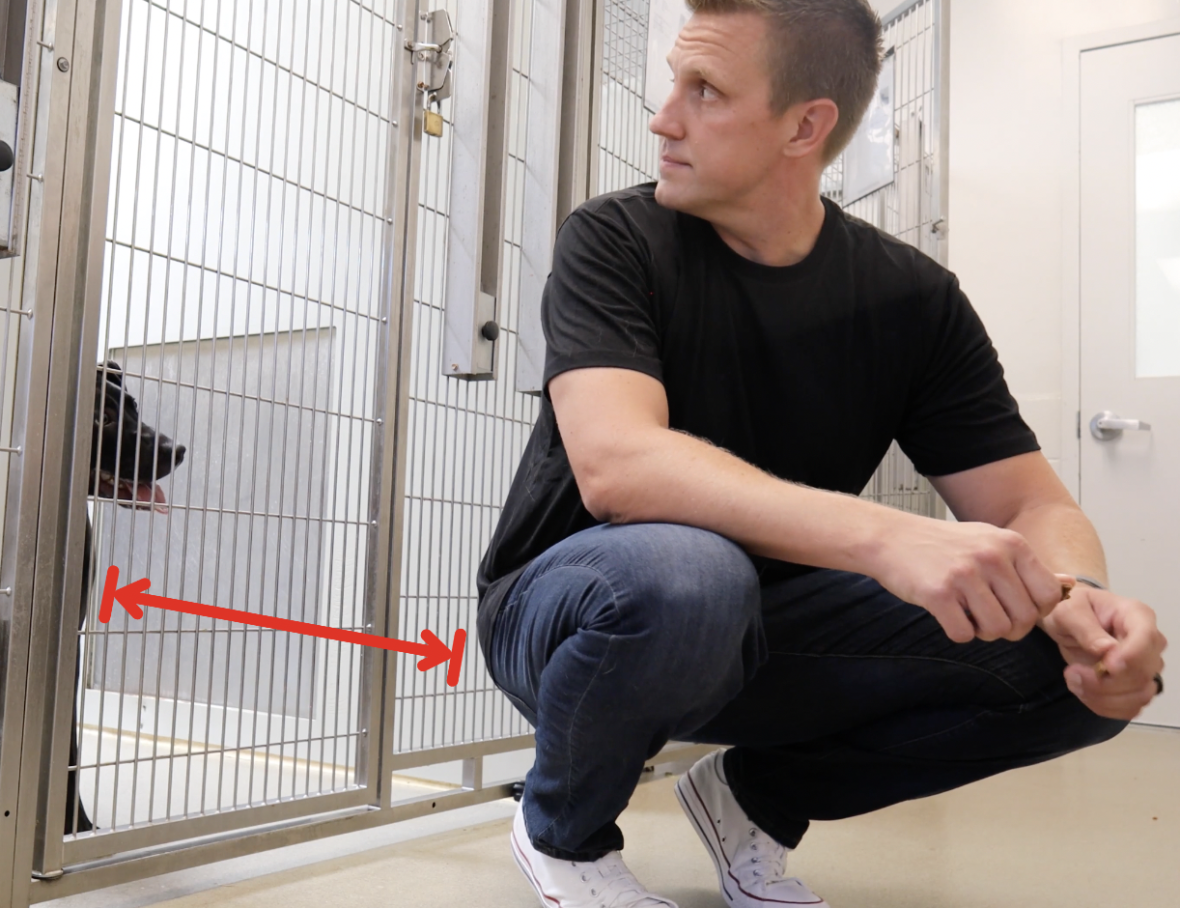
Avoid exposing your dog to situations that are beyond their threshold. This means keeping a safe distance from the triggers and preventing your dog from getting too close or too excited. This will help reduce your dog’s stress and prevent them from practicing unwanted behaviors.
4. Teach Alternative Behaviors:
Teach your dog alternative behaviors that are incompatible with reactivity. For example, you can teach your dog to look at you, sit calmly, or perform a trick when they see a trigger. This will help your dog learn to associate the trigger with something positive and rewarding instead of something scary or frustrating.
5. Gradual Exposure:
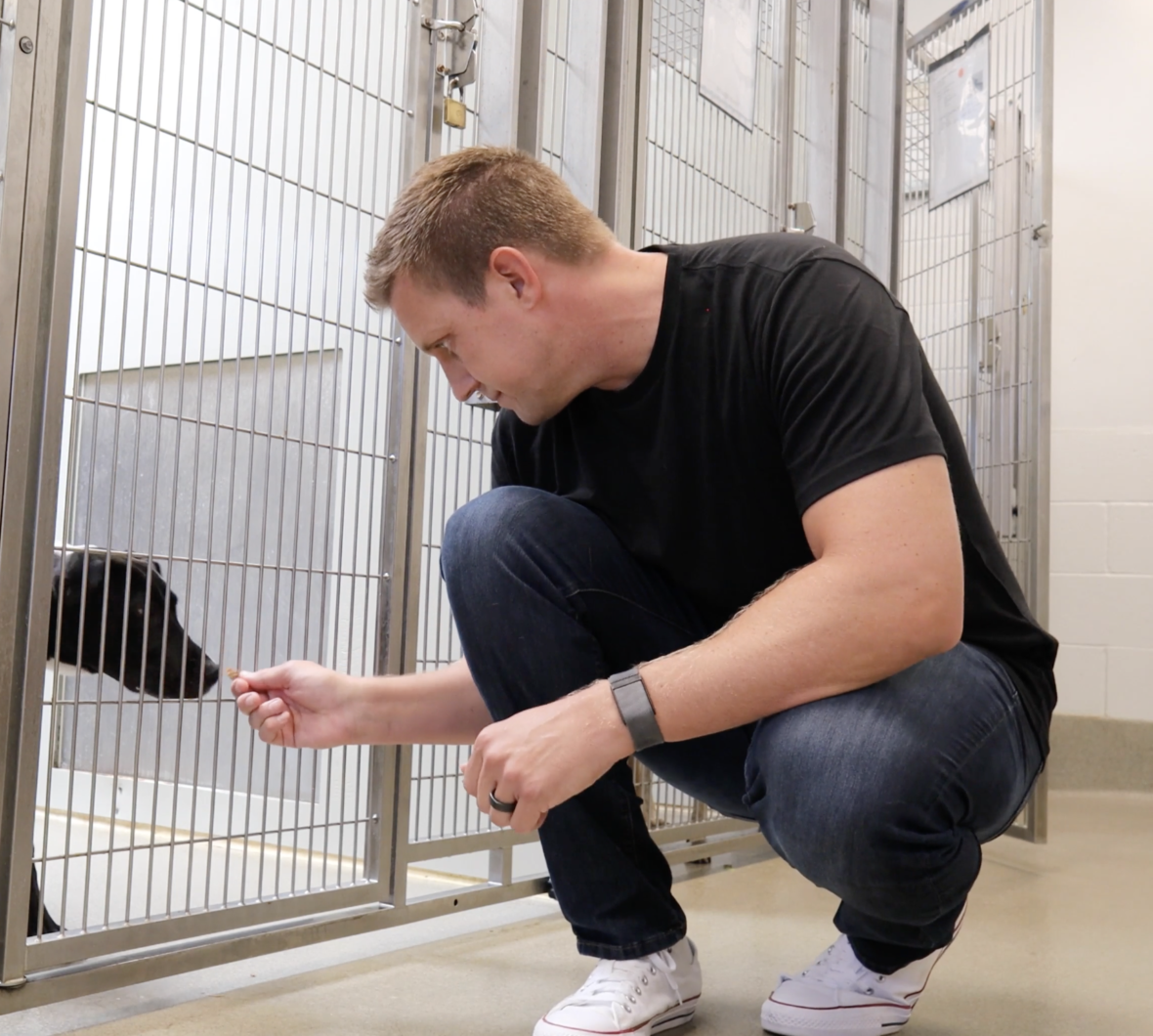
Gradually expose your dog to the triggers at a level that they can handle. This means increasing the distance or intensity of the triggers slowly and carefully while rewarding your dog for staying calm and relaxed. This will help your dog build confidence and trust in you and in the environment.
6. Seek Professional Help:
If you are unsure how to deal with your dog’s reactivity or if your dog’s reactivity is severe or dangerous, it is best to consult a qualified trainer or behaviorist who can assess your dog’s situation and provide a customized plan for you and your dog.
FAQ – How to Calm Your Reactive Dog
What is a reactive dog?
A reactive dog is a dog that shows reactive behavior, such as barking, lunging, growling, or snapping, when faced with certain triggers. These triggers can be other dogs, people, noises, or objects. Reactive behavior is often caused by fear, frustration, or anxiety.
What are the types of reactive dogs?
There are two main types of reactive dogs: leash reactive and barrier reactive. Leash reactive dogs only show reactive behavior when they are on a leash, while barrier reactive dogs show reactive behavior when there is a physical barrier between them and the trigger, such as a fence, window, or car.
How can I tell if my dog is reactive?
You can tell if your dog is reactive by observing their body language and their reactions to different situations. Some signs of reactivity are:
– Tense posture, ears back, tail tucked, hackles raised
– Staring, fixating, or hard eye contact with the trigger
– Whining, barking, or growling
– Lunging, snapping, or biting
– Avoiding or hiding from the trigger
Why is my dog reactive?
There is no single answer to why a dog is reactive. It can be due to a combination of factors, such as genetics, temperament, socialization, training, environment, health, or trauma. Some dogs may have a natural tendency to be more sensitive or alert to stimuli, while others may have learned to associate certain stimuli with negative experiences or emotions.
How can I train my dog to be less reactive?
There is no single answer to why a dog is reactive. It can be due to a combination of factors, such as genetics, temperament, socialization, training, environment, health, or trauma. Some dogs may have a natural tendency to be more sensitive or alert to stimuli, while others may have learned to associate certain stimuli with negative experiences or emotions.
How can I train my dog to be less reactive?
Training a reactive dog requires patience, consistency, and positive reinforcement. The main goal of training is to change your dog’s emotional response to the trigger from negative to positive. This can be done by using techniques such as counter conditioning and desensitization. Counter conditioning involves pairing the trigger with something your dog loves, such as treats, toys, or praise, so that your dog learns to associate the trigger with something good. Desensitization involves gradually exposing your dog to the trigger at a distance and intensity that does not elicit a reaction, and rewarding your dog for staying calm and relaxed.
How much time should I spend training my dog?
The amount of time you should spend training your dog depends on your dog’s individual needs and progress. However, it is generally recommended to keep the training sessions short and frequent, rather than long and infrequent. This is because short sessions are less likely to overwhelm or frustrate your dog, and more likely to reinforce the positive associations. Aim for 10 to 15 minutes of training per day, or several sessions of 5 minutes each.
How can I teach my dog to play with other dogs?
If your dog is reactive to other dogs, teaching them to play with other dogs can be challenging but not impossible. The first step is to find a suitable playmate for your dog. This should be a friendly dog that has a similar size, energy level, and play style as your dog. You should also look for a dog that has good social skills and can read your dog’s signals. The second step is to introduce the dogs in a neutral and spacious area, where they have enough room to move around and escape if needed. You should also use leashes or long lines that allow the dogs some freedom but also give you control if needed. The third step is to monitor the dogs’ behaviors and intervene if necessary. You should look for signs of stress or discomfort in either dog, such as stiffening, lip licking, yawning, or avoiding eye contact. If you see these signs, you should calmly separate the dogs and give them a break. You should also praise and reward the dogs for any positive interactions, such as sniffing, wagging tails, or play bows.
How can I prevent my dog from becoming reactive?
While there is no guarantee that your dog will never become reactive, there are some steps you can take to reduce the risk of reactivity. These include:
– Socializing your dog from an early age to a variety of people, animals, places, sounds, and objects
– Providing your dog with adequate exercise and mental stimulation
– Teaching your dog basic obedience skills and manners
– Using positive reinforcement and avoiding harsh punishments
– Managing your dog’s environment and avoiding situations that trigger reactivity
– Seeking professional help if you notice any signs of reactivity
When should I consult a professional dog trainer?
You should consult a professional dog trainer if you feel overwhelmed or unsure about how to train your reactive dog. A professional trainer can assess your dog’s behavior and provide you with personalized guidance and support. They can also help you identify and address any underlying issues that may be contributing to your dog’s reactivity, such as health problems, anxiety, or aggression. A professional trainer can also teach you how to handle your dog safely and effectively in different scenarios.
What are some resources that can help me learn more about reactive dogs?
There are many resources that can help you learn more about reactive dogs, such as books, websites, podcasts, videos, or online courses. Some examples are:
– The Reactive Dog Toolbox by Kim Brophey
– The CARE for Reactive Dogs website
– The Reactive Dog Rehab podcast
– The Reactive Dogs YouTube channel
– The Reactive Dog Training and Support online course
Related Posts:
- Understanding Eye Contact with Fearful Dogs: A Guide for Shelter Volunteers
- Why Your Dog Secretly Hates Your Hugs
- Have You Ever Looked Into A Dog’s Eyes & Felt They Were Speaking To You?
- What Your Dog’s Cute Side-Eye Really Means
- Do Dogs Get Tired of Barking?


